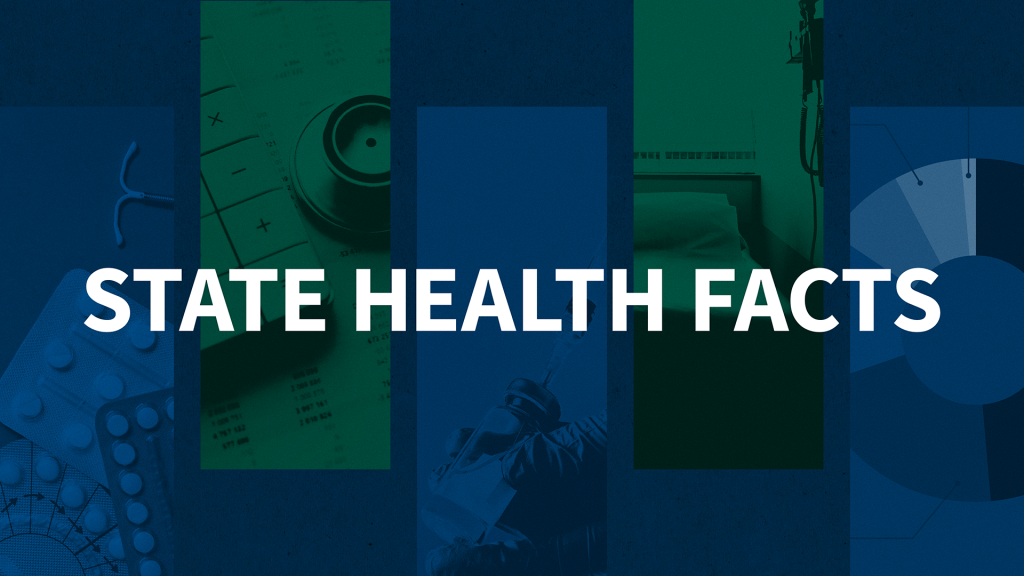Explaining the 2015 Open Enrollment Period
The brief provides an overview of what consumers can expect during the second annual Open Enrollment period under the Affordable Care Act (ACA), which runs from November 15, 2014 through February 15, 2015. It is the second opportunity for uninsured individuals to enroll in private insurance coverage, premium tax credits and cost sharing subsidies and the first time that people newly insured in 2014 can renew their health plan coverage and subsidies. It also overlaps with the start of the tax filing season, during which subsidized individuals will undergo tax reconciliation of their 2014 financial assistance and the individual responsibility provisions of the ACA will be enforced.
